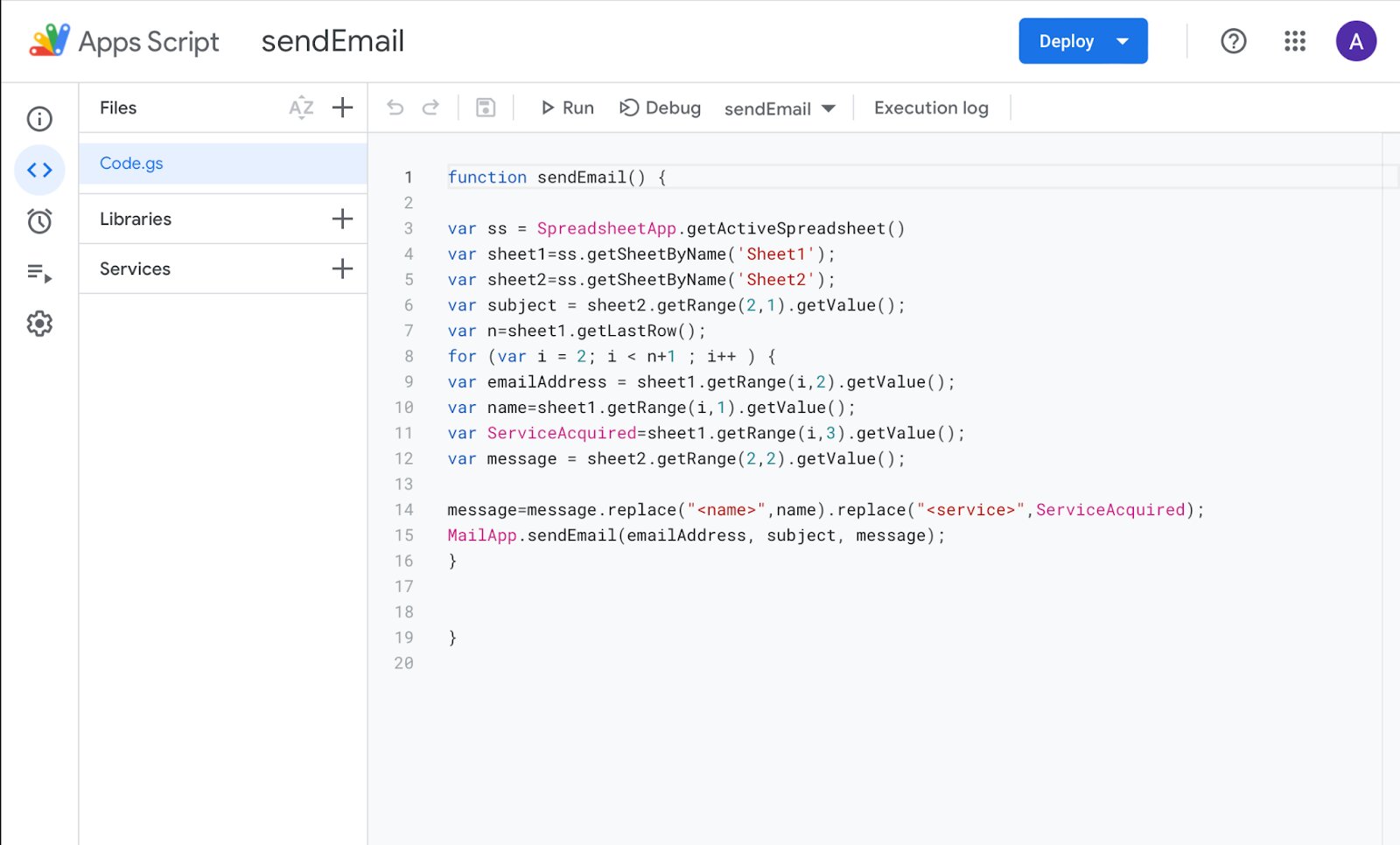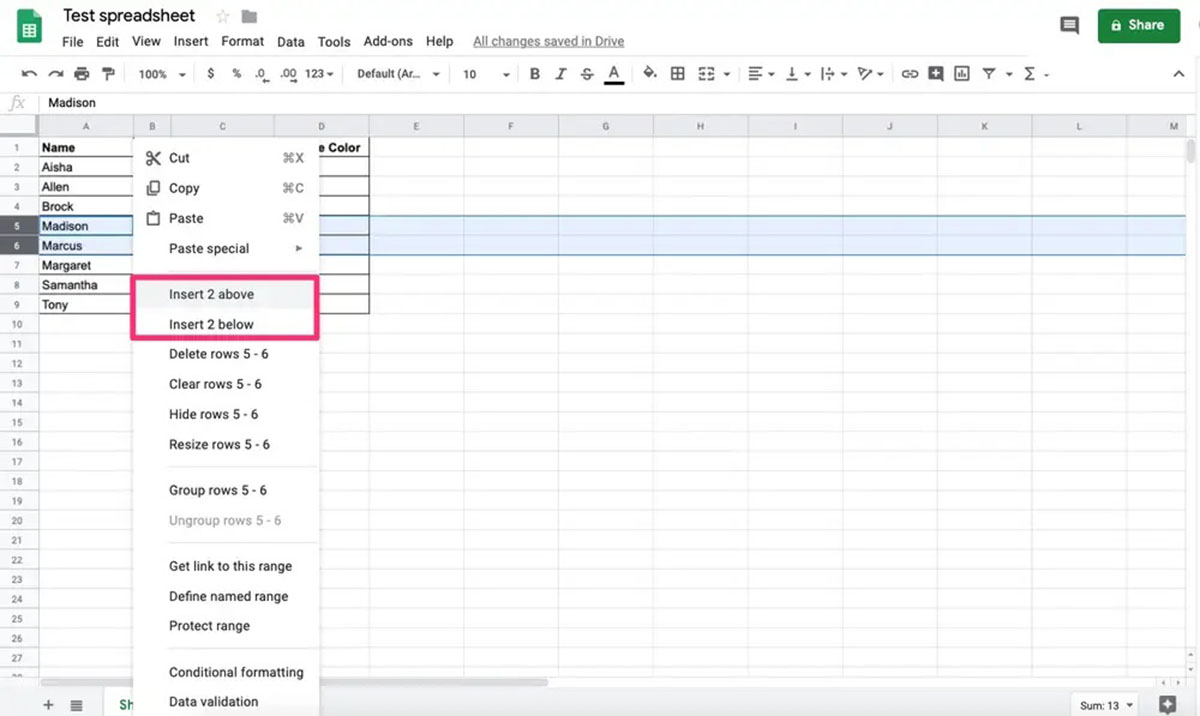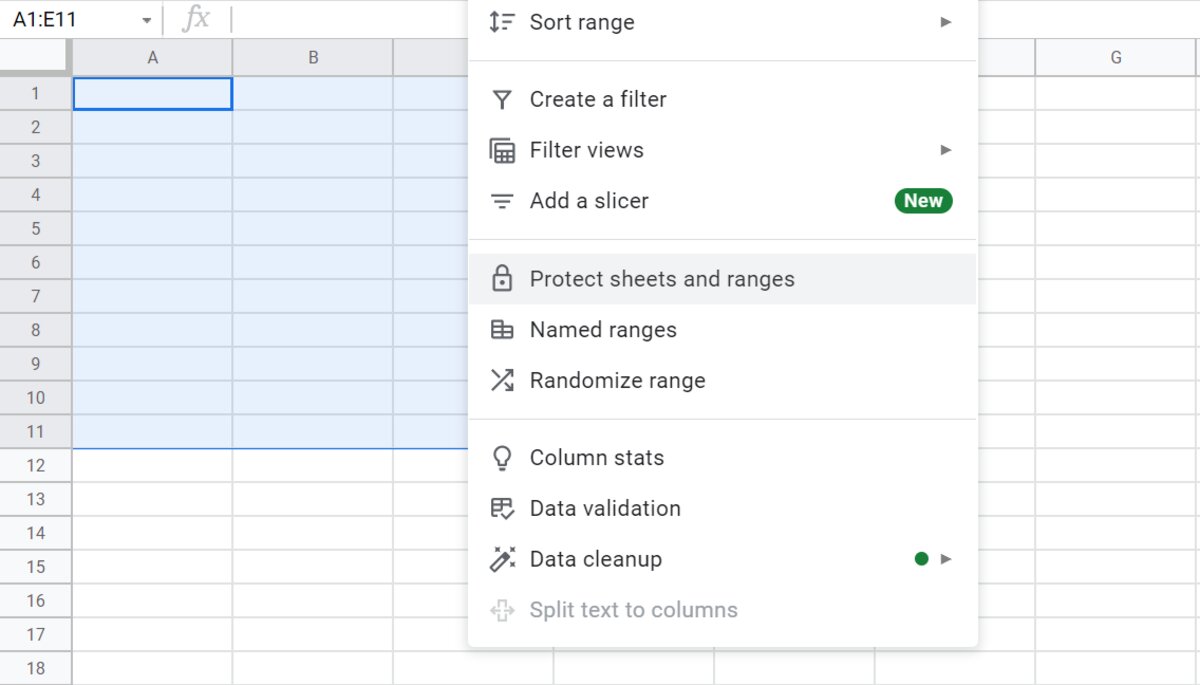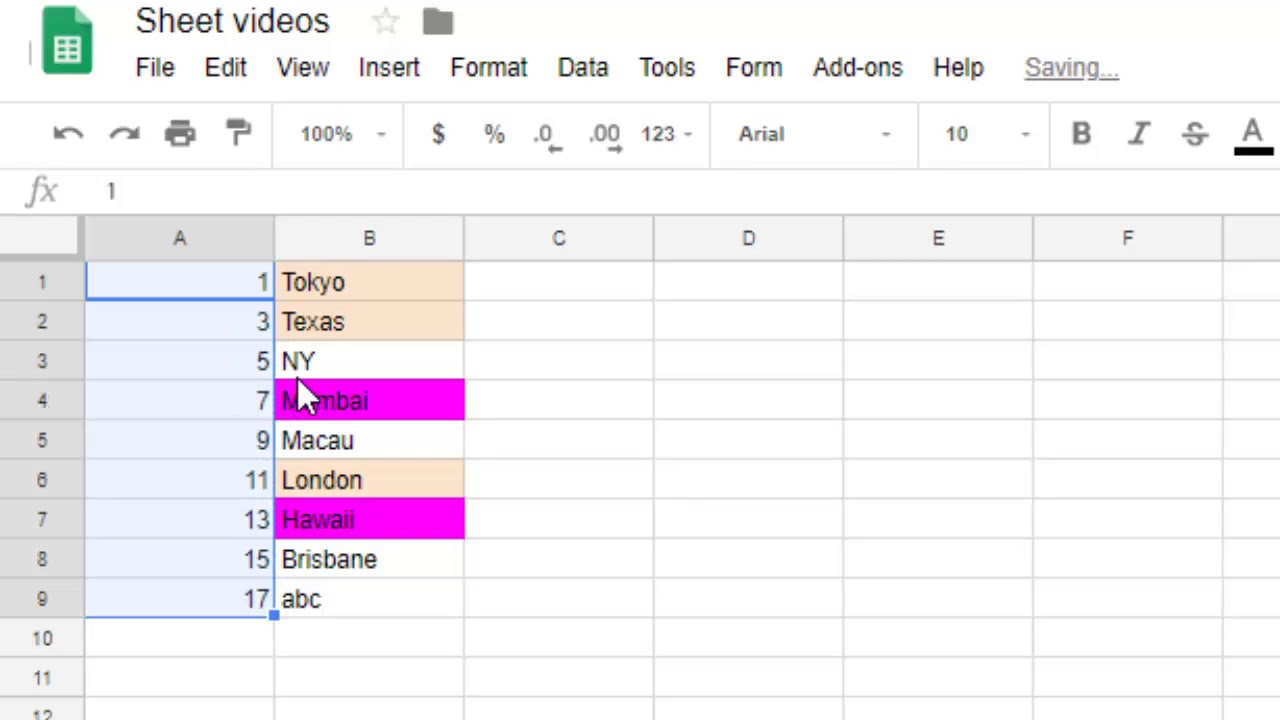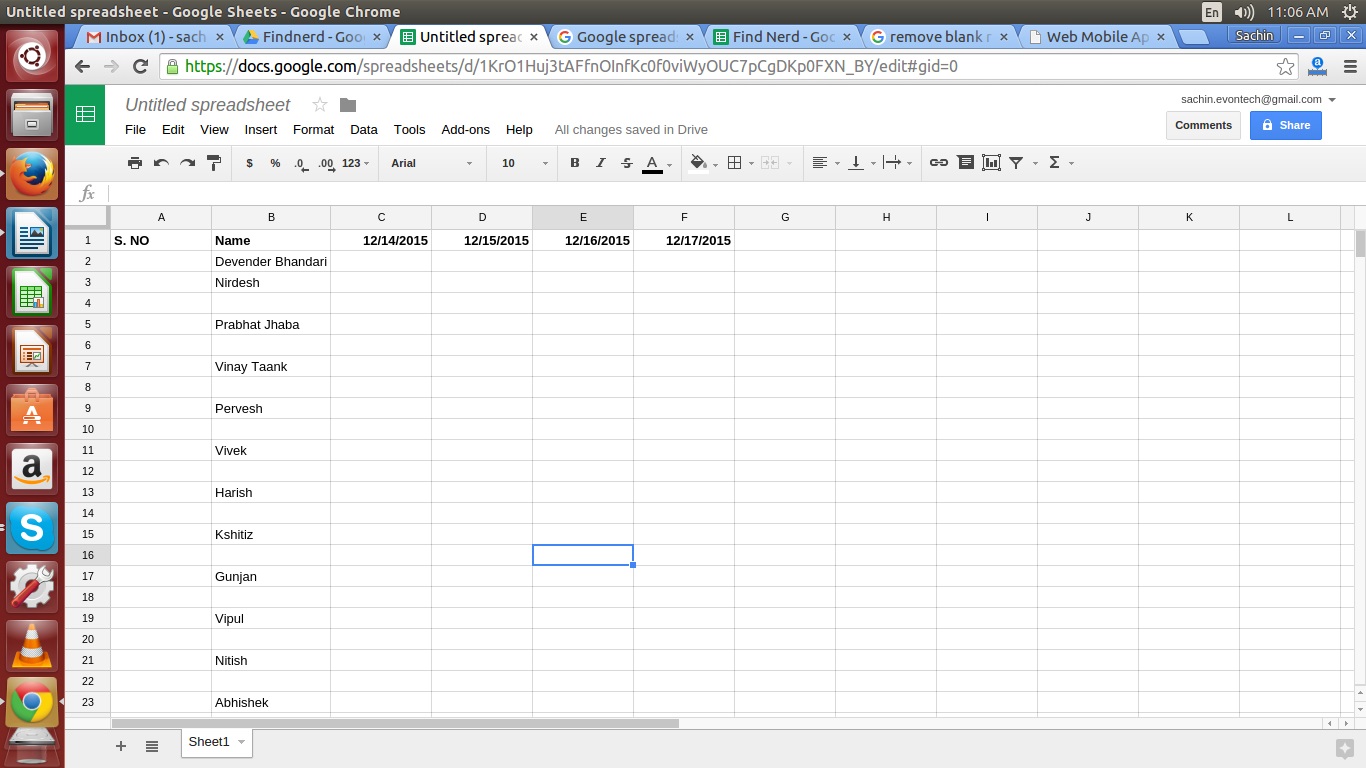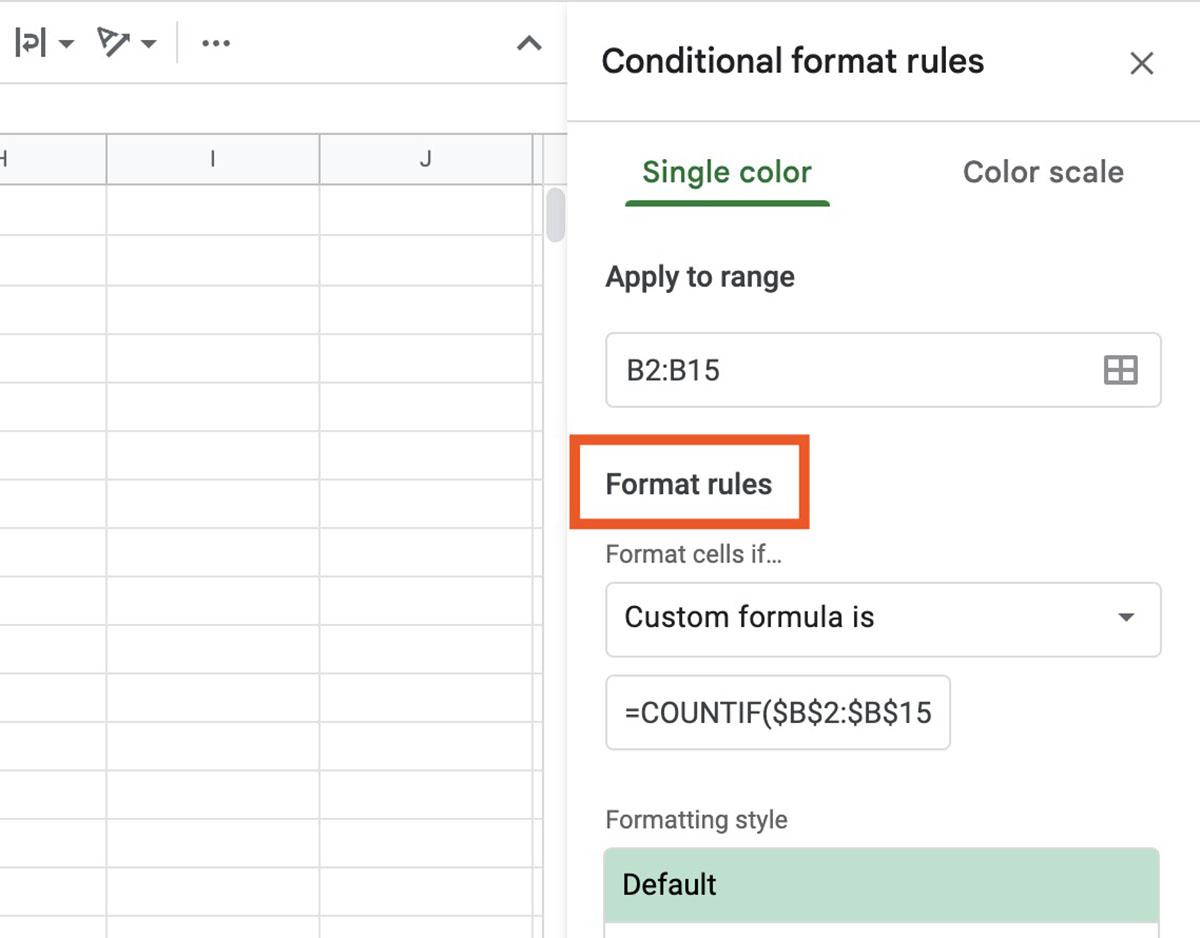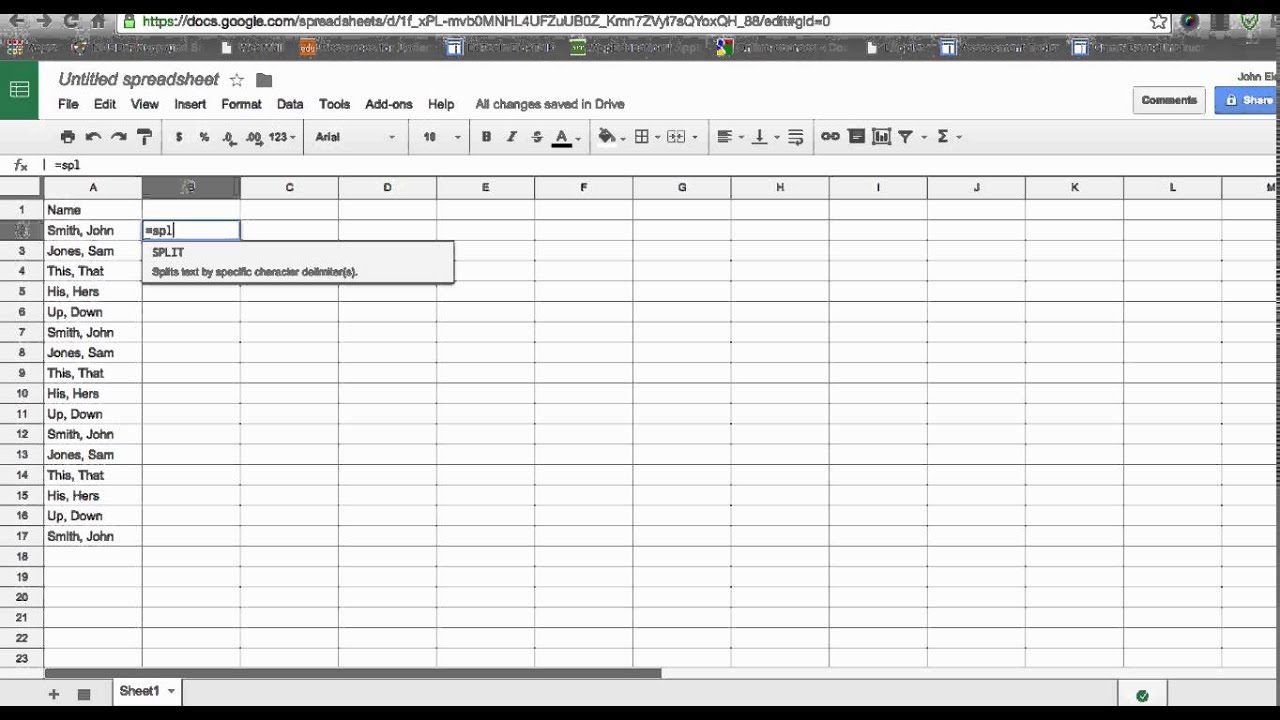Introduction
Google Sheets is a powerful tool for managing and analyzing data. While it offers a wide range of features, sometimes you might need to go beyond its built-in capabilities and customize it according to your specific needs. That’s where the Script Editor in Google Sheets comes in handy.
The Script Editor allows you to write and run custom scripts in Google Sheets, automating tasks, creating custom functions, and extending the functionality of Google Sheets. It provides a powerful and flexible way to manipulate data, generate reports, and perform complex calculations.
In this article, we will explore three methods through which you can access the Script Editor in Google Sheets. Whether you’re a beginner or an experienced user, these methods will help you unlock the full potential of Google Sheets and unleash your creativity.
Before we delve into the methods, it’s worth noting that the Script Editor requires a basic understanding of coding. You don’t need to be an expert, but it helps to have some familiarity with programming concepts to make the most out of the features offered by the Script Editor.
Now, let’s dive into the different methods that you can use to get to the Script Editor in Google Sheets.
Method 1: Using the Tools Menu
Accessing the Script Editor in Google Sheets through the Tools menu is the most straightforward method. Here’s how:
- Open your Google Sheets document.
- At the top of the page, click on the “Tools” menu.
- In the dropdown menu, select “Script editor.”
- The Script Editor will open in a new tab.
Once you’re inside the Script Editor, you can start writing and editing scripts to customize your Google Sheets document. You can create custom functions, automate tasks, and even build complex applications using JavaScript.
The Script Editor provides a built-in code editor with syntax highlighting and auto-completion, making it easier to write and debug your scripts. It also offers a wide range of pre-built functions and libraries that you can leverage to enhance the functionality of your Google Sheets.
Remember to save your scripts regularly while working in the Script Editor, as it does not autosave your changes. You can do this by clicking on the floppy disk icon or by using the keyboard shortcut “Ctrl + S” (Windows) or “Command + S” (Mac).
Using the Tools menu to access the Script Editor is a quick and convenient way to get started with customizing your Google Sheets. However, if you prefer using keyboard shortcuts, we have another method for you.
Method 2: Using Keyboard Shortcut
If you’re someone who prefers using keyboard shortcuts, you’ll be pleased to know that there’s a handy shortcut to open the Script Editor in Google Sheets. Follow these steps:
- Open your Google Sheets document.
- Press “Alt + /” (Windows) or “Option + /” (Mac) on your keyboard.
- The Script Editor will open in a new tab.
By using this keyboard shortcut, you can quickly access the Script Editor without needing to navigate through any menus. It is a time-saving option for those who frequently work with custom scripts in Google Sheets.
Once inside the Script Editor, you can start writing and editing your scripts using the built-in code editor. Remember to save your changes regularly by using the “Ctrl + S” (Windows) or “Command + S” (Mac) keyboard shortcut or by clicking on the floppy disk icon.
The Keyboard Shortcut method offers a seamless way to access the Script Editor, especially for users who prefer using keyboard commands over menu navigation. However, if you’re looking for an alternative method or want to explore more advanced features, there is one more method we’ll discuss.
Method 3: Using Apps Script
If you’re familiar with Apps Script, a powerful JavaScript-based platform by Google, you can use it to access the Script Editor in Google Sheets. Here’s how:
- Open your Google Sheets document.
- Click on the “Extensions” menu.
- In the dropdown menu, select “Apps Script.”
- The Apps Script editor will open in a new tab.
Apps Script provides a more advanced and versatile way of creating and managing scripts in Google Sheets. It offers a wide range of additional services and APIs that you can utilize to extend the functionality of your spreadsheets. With Apps Script, you can interact with other Google services, manipulate data from external sources, and even build web applications.
The Apps Script editor provides an integrated development environment (IDE) with features like code completion, debugging tools, and a built-in script editor. Additionally, it allows you to publish your scripts as add-ons, providing easy access to your custom functionalities for other users.
Just like with the previous methods, it’s crucial to save your scripts regularly while working in the Apps Script editor. You can do this by using the “Ctrl + S” (Windows) or “Command + S” (Mac) keyboard shortcut or by clicking on the floppy disk icon.
Using Apps Script to access the Script Editor provides advanced features and integration options for developers. If you’re comfortable with coding and want to explore additional capabilities beyond what the standard Script Editor offers, this method is worth exploring.
Conclusion
The Script Editor in Google Sheets is a valuable tool for customizing and extending the functionality of your spreadsheets. Whether you’re a beginner or an experienced user, accessing the Script Editor gives you the power to automate tasks, create custom functions, and build sophisticated applications within Google Sheets.
In this article, we explored three methods to access the Script Editor:
- Using the Tools Menu: This method involves navigating to the Script Editor through the Tools menu. It’s a straightforward option for accessing the Script Editor.
- Using Keyboard Shortcut: If you prefer using keyboard commands, this method allows you to quickly open the Script Editor by pressing “Alt + /” (Windows) or “Option + /” (Mac) on your keyboard.
- Using Apps Script: For advanced users, leveraging Apps Script provides more advanced features and integration options for creating and managing scripts.
Each method offers its own advantages, so choose the one that suits your preferences and coding proficiency level. Regardless of the method you choose, make sure to save your scripts regularly while working in the Script Editor.
With the Script Editor in Google Sheets, you can expand the capabilities of your spreadsheets and streamline your workflow. Take the time to explore the vast possibilities that the Script Editor offers, and unlock the true power of Google Sheets.







